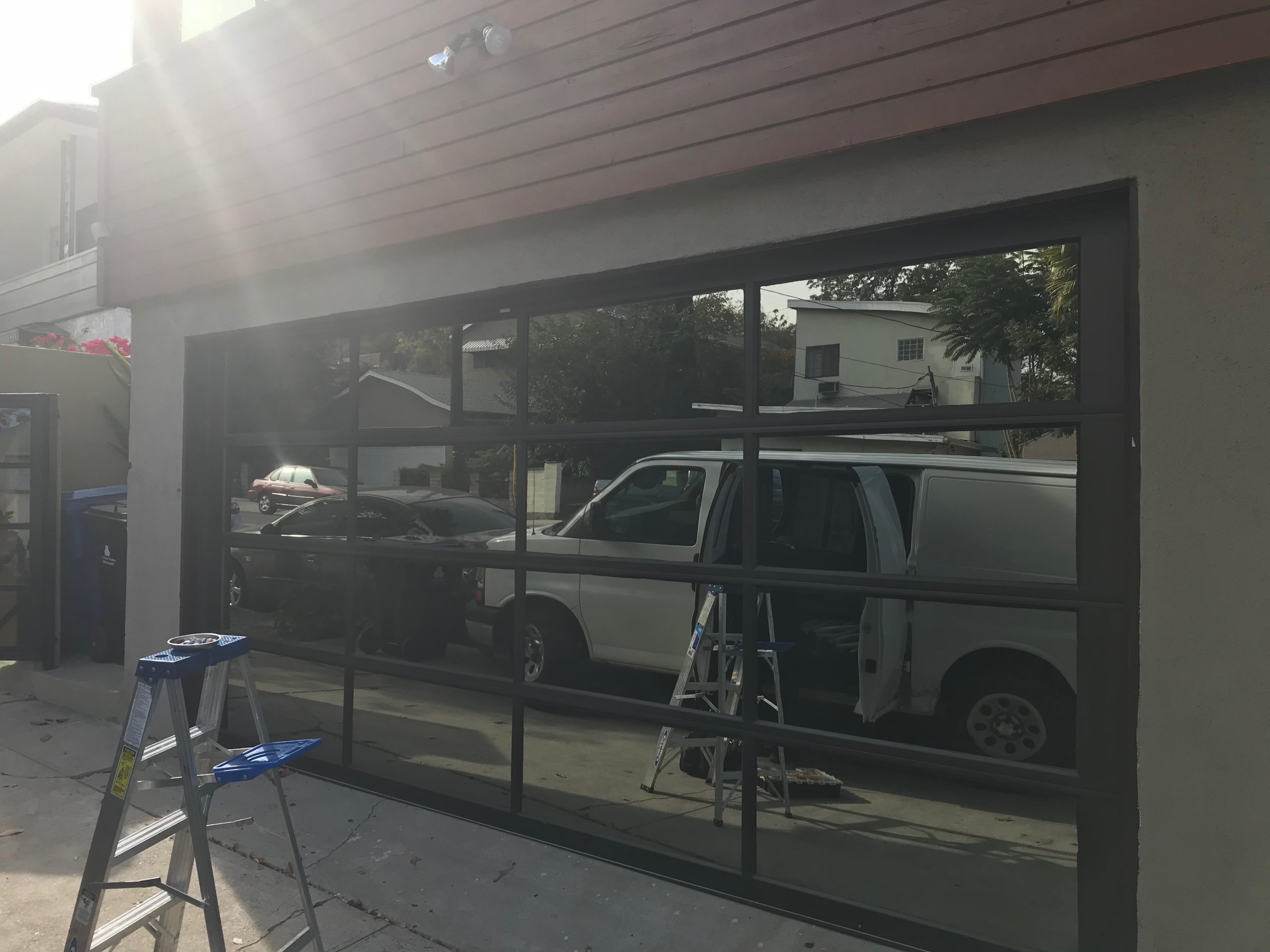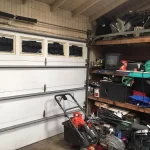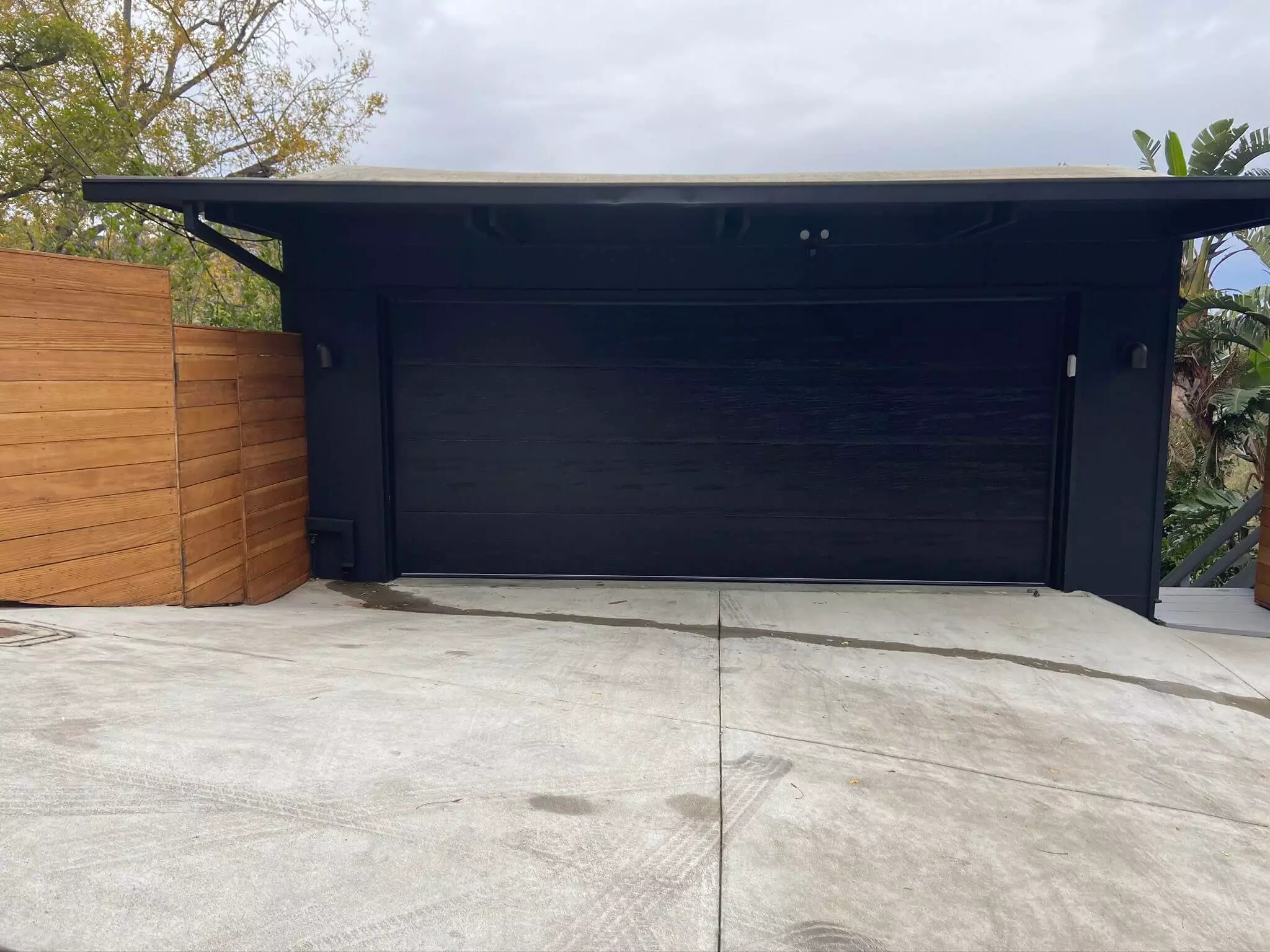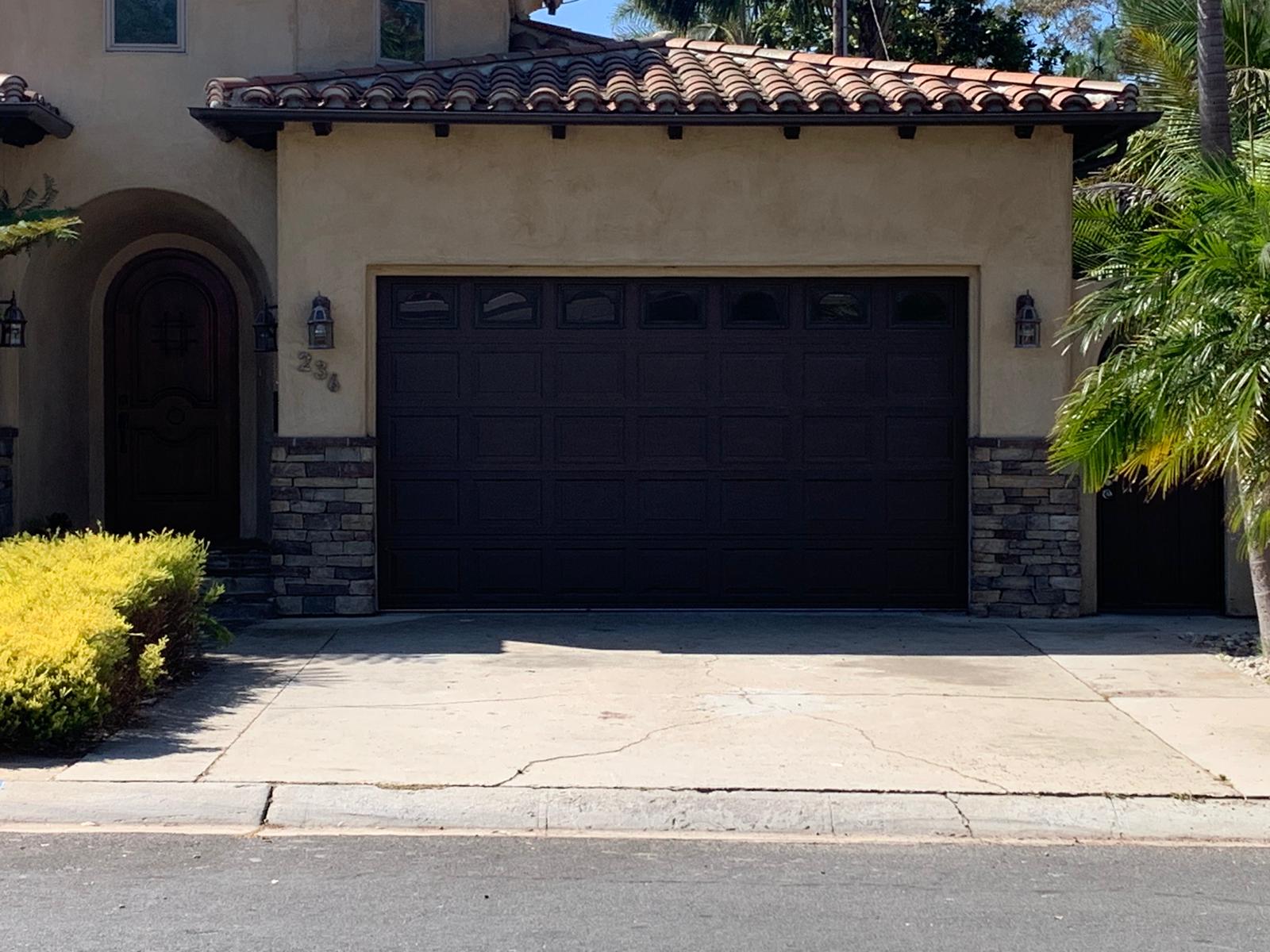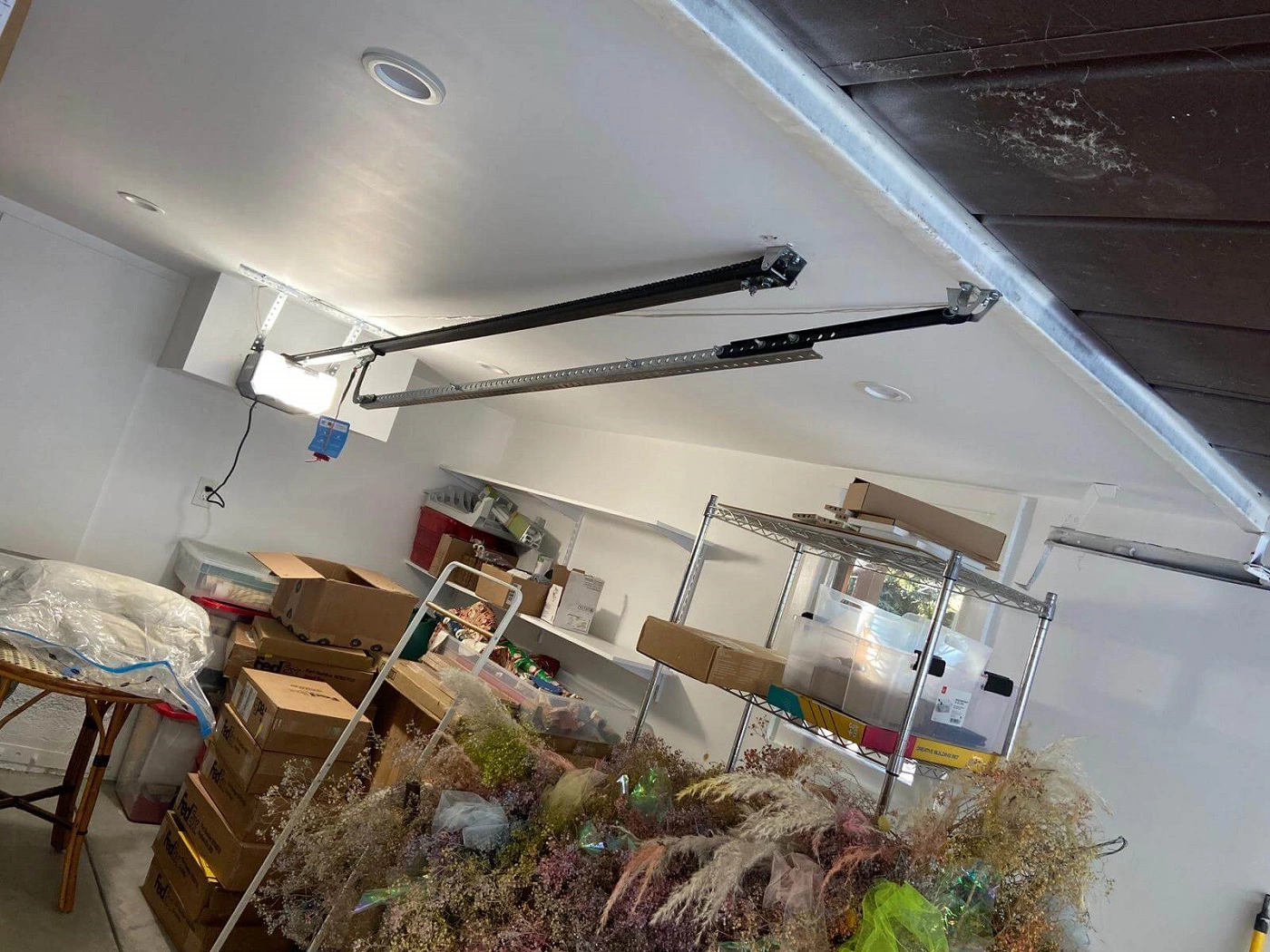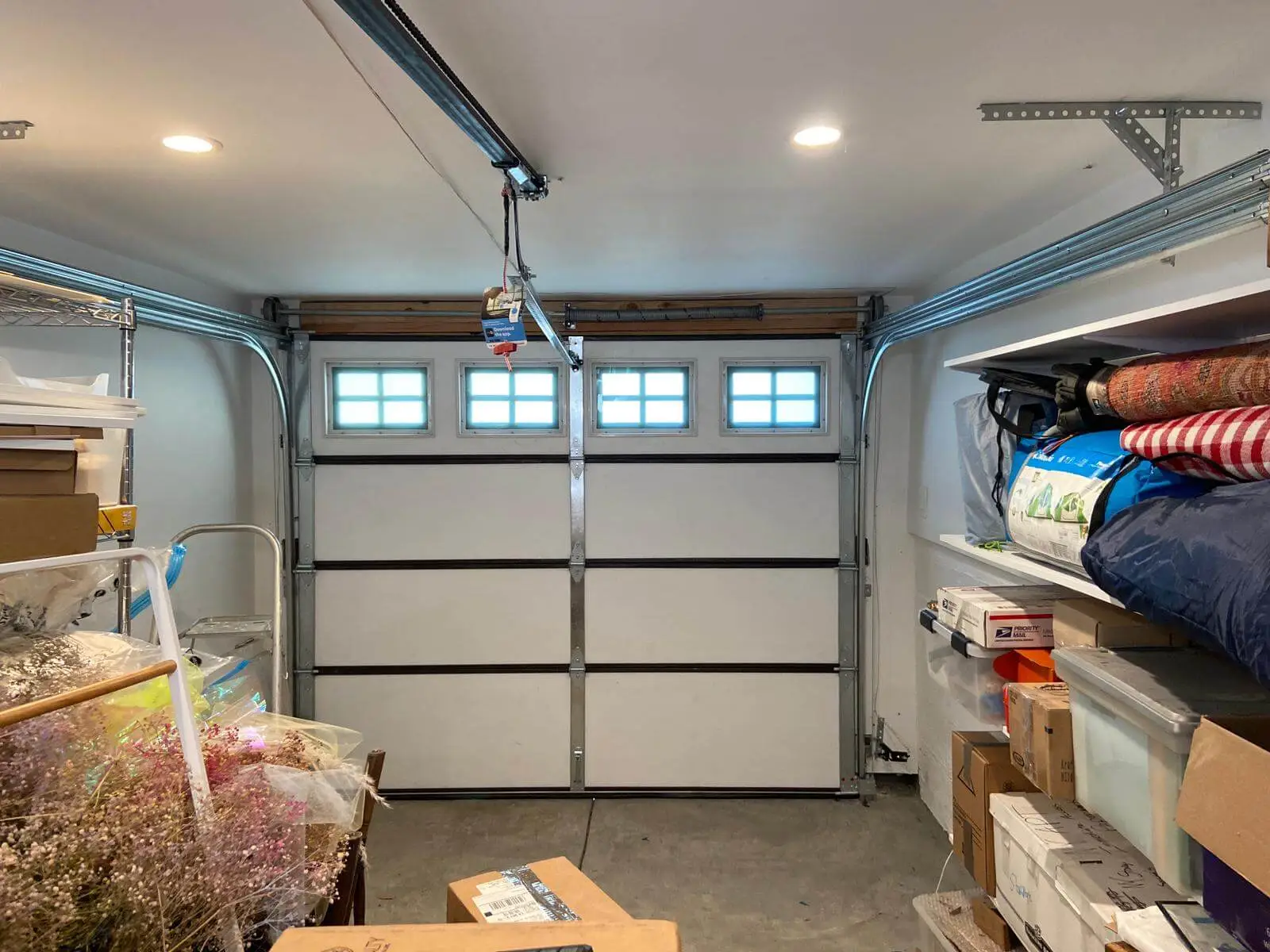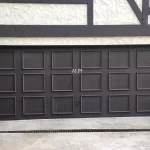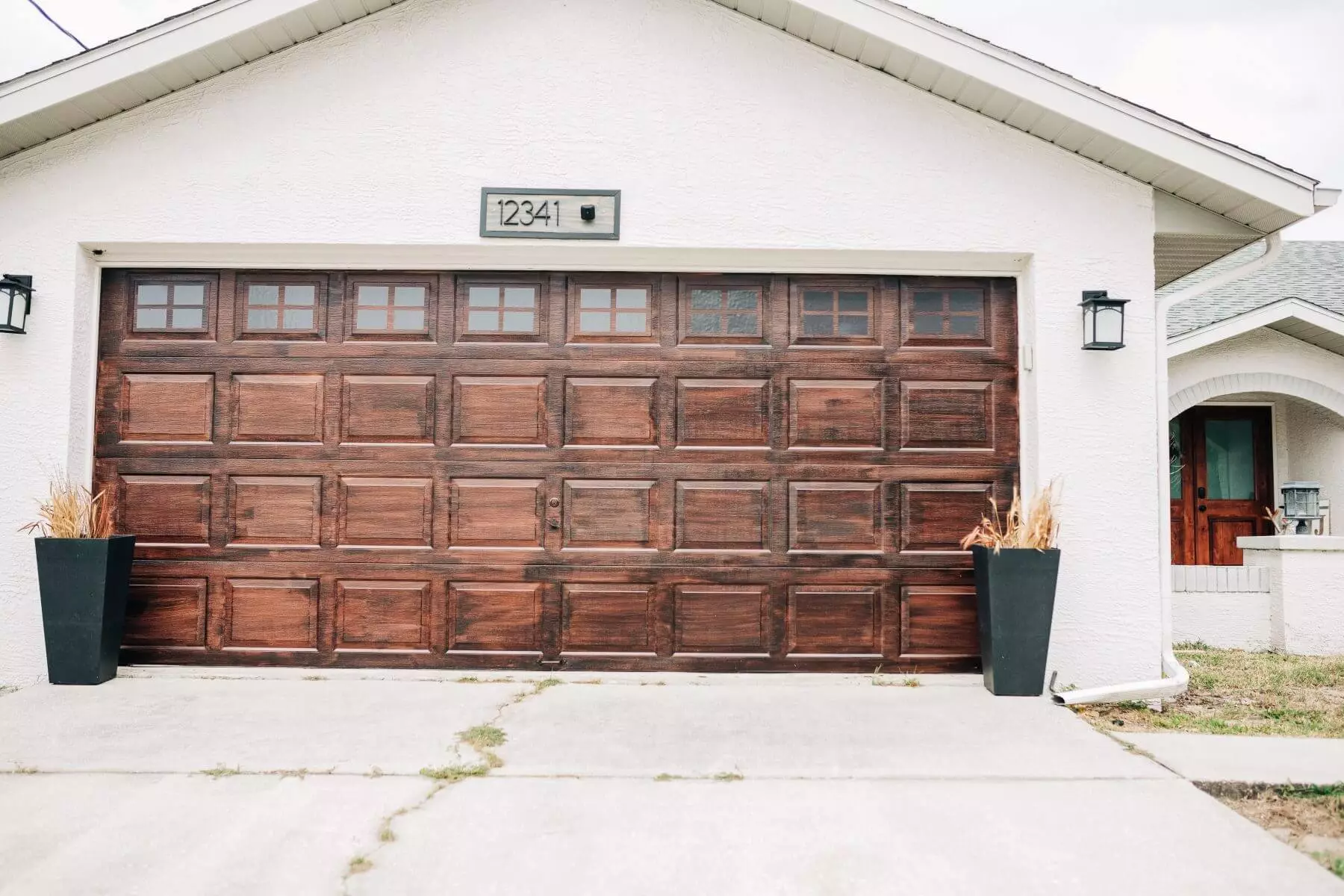Whether your garage door is starting to require more force to open and close or making strange noises, it’s a telltale sign that your springs may soon need replacing. Left unattended, broken springs can damage other door components or even cause serious injury. Let’s look at how to identify which springs need attention and tips for replacing them safely.
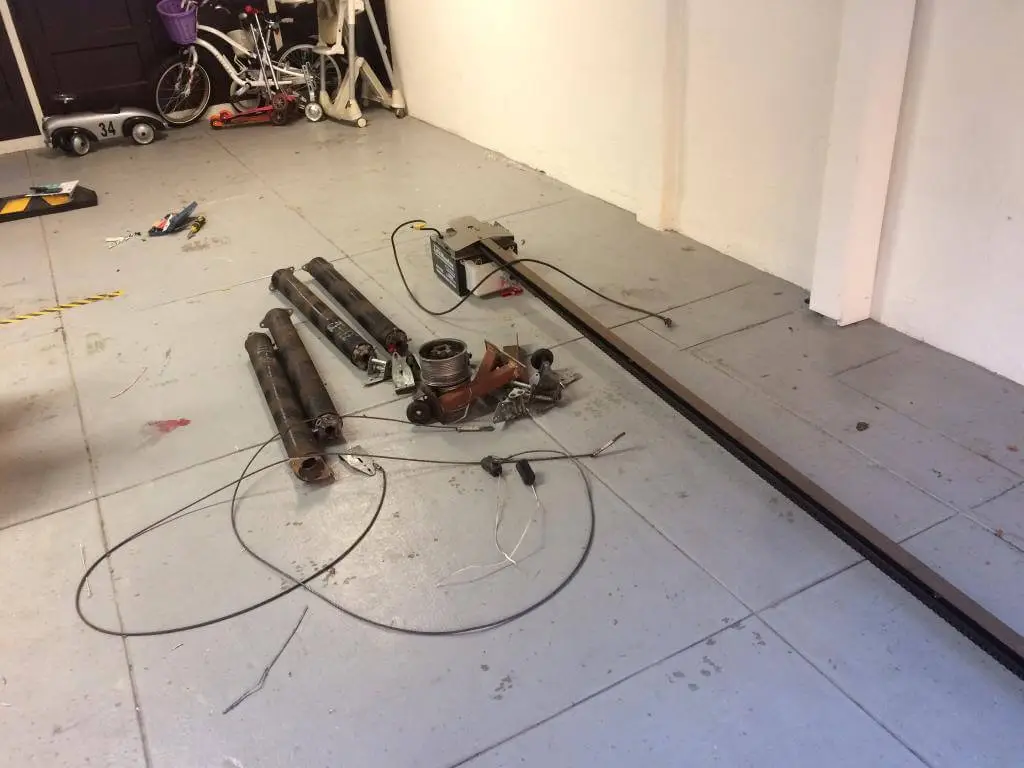
Content
Inspect Your Torsion Springs
The heavy-duty torsion springs located above the garage door are what help lift the weight of the door. Over time and with constant use, the coiled steel can start to weaken and snap. Watch for spacing between coils growing wider or rust forming which indicates reduced integrity. Test springs by having someone close the door – if it easily reverses course halfway, they’re likely worn out. You can also try lifting the door manually while disengaged to feel tension decrease.
Check Your Extension Springs
Side-mounted extension springs, usually seen on older garage doors, stretch and retract to pull the door up and down. Look for signs like cracking along coils, tension failures where springs slacken, or broken latch mechanisms keeping them engaged. With extension springs, there’s no way to properly test them without risk of injury. Play it safe and replace if evidence points to deterioration.
Garage Door Spring Repair in Smithfield Offers Pro Installation
Once broken springs are identified, it’s critical the replacement job gets handled correctly. Leave it to the experts by scheduling an appointment with Garage Door Spring Repair in Smithfield. Their certified technicians have the tools, lifts and experience needed to safely remove old springs and tension new ones properly with the appropriate safety cable systems in place to prevent injury. DIY can work for less complex repairs, but busted springs definitely require a pro.
Safety First When Replacing Springs
If you decide to take on the project yourself, make absolutely sure to follow all necessary precautions. Review manuals carefully, wear protective eye gear, and use locking pliers to secure cables before loosening old springs. Slowly guide coils into place a little at a time while an extra set of hands keeps cables in position. Center coils evenly and tighten mounting plates securely before final tensioning procedures. Never skip safety measures, as springs under high pressure can cause serious damage if they slip or snap.
Whether you choose professional installation from an experienced company or bravely handle replacement yourself, always keep safety as the top priority when dealing with high-tension garage door springs. Taking proper care helps extend their lifespan and prevent injuries down the road. With the right caution and replacement when showing signs of wear, your springs should continue supporting smooth door operation for years to come.

My name is Gwen Elmore. I post about home improvement ideas and how to make your home look beautiful and liveable. I hope my posts will help you with your DIY projects!

